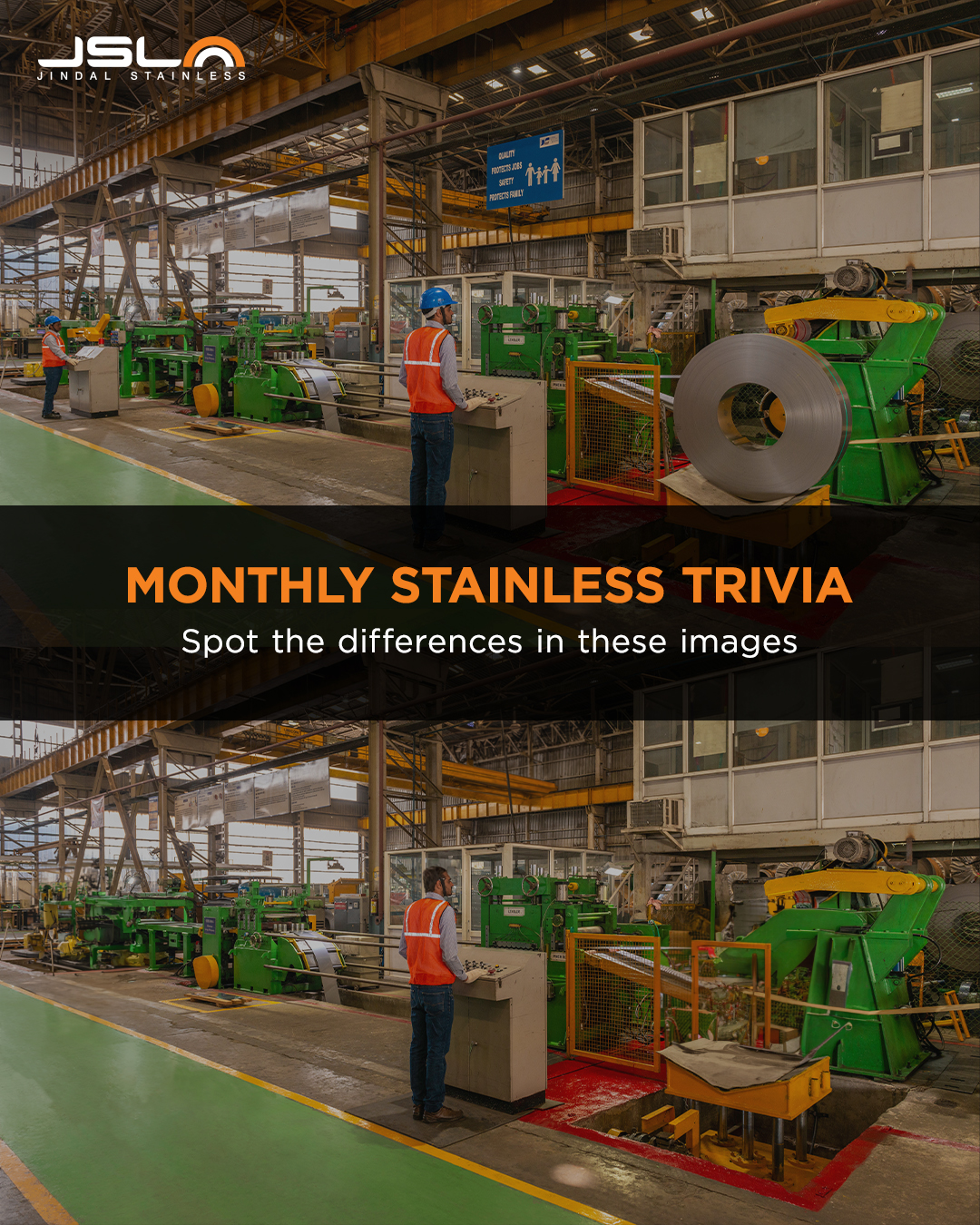
Monthly
Stainless Trivia
Fill in your answer below
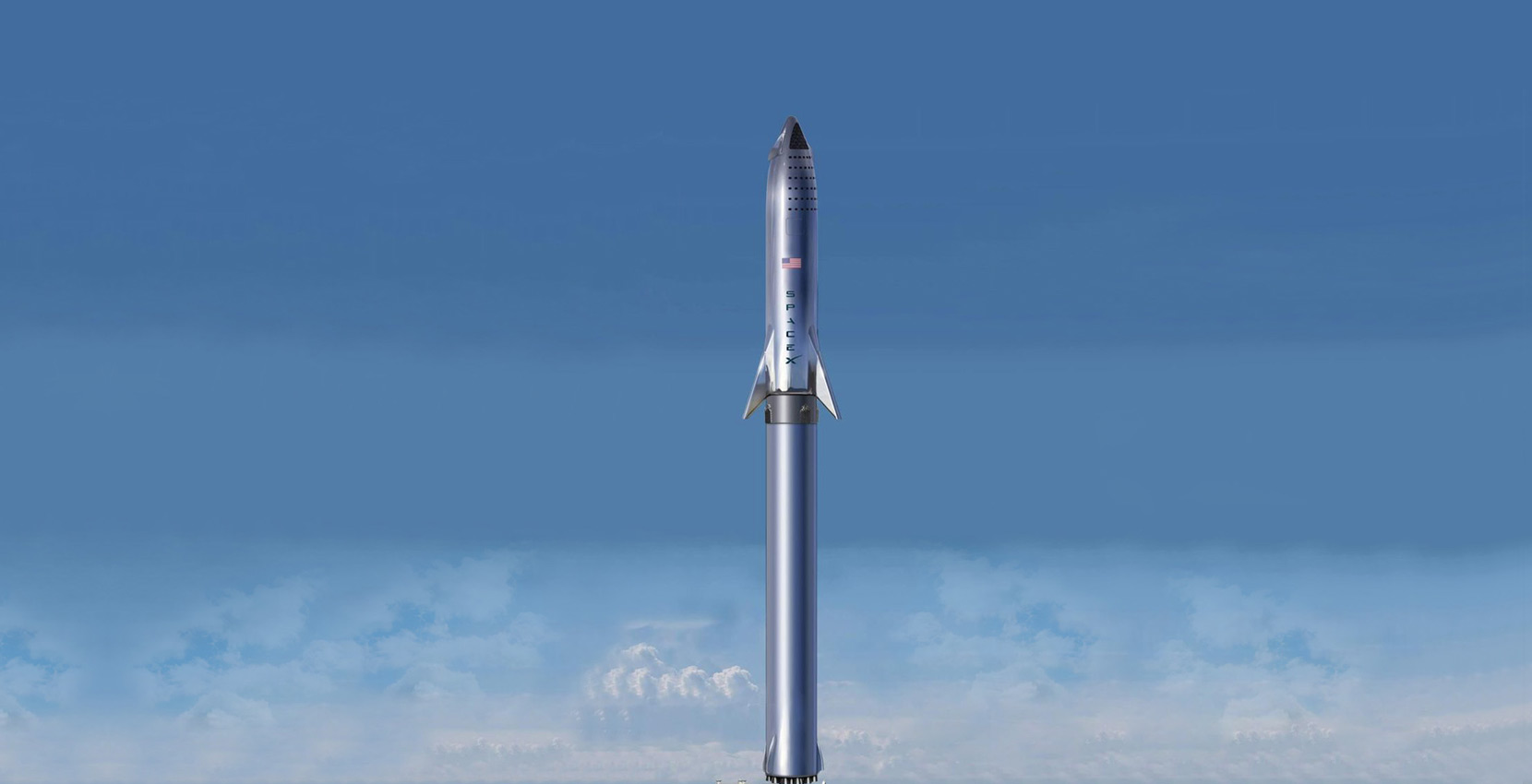
Magic of Stainless Steel
When stainless steel was accidentally discovered by an English metallurgist, Harry Brearley, in August 1913, no one could have ever thought that it would quickly become the enabler of the modern progressive world. But it did.
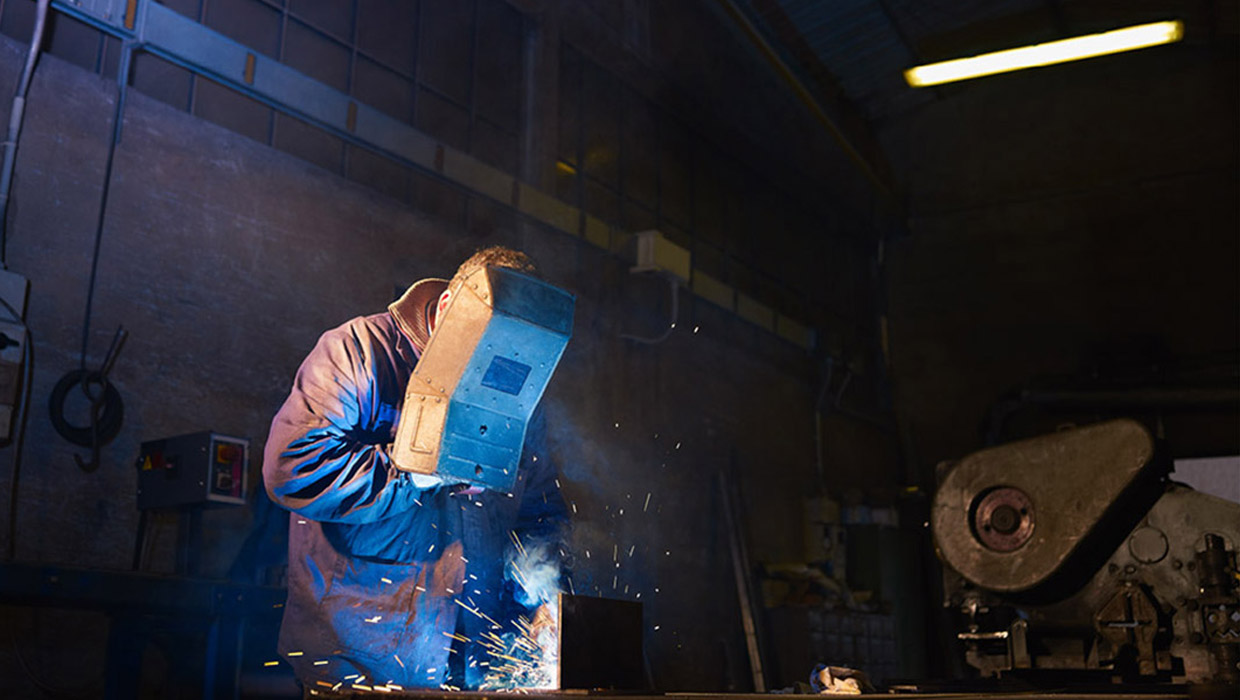
In the early 20th century, researchers around the world worked to develop new, stainless, and acid resistant steels, especially for the chemical industry. At that time, already known nickel and chromium steels, with increased demands from the chemical industry, were prone to corrosion and brittleness.
Strauss and Maurer, the fathers of stainless steel, reduced the carbon content to below one percent. They combined chromium and nickel as alloying elements and developed a suitable method for heat treatment to improve corrosion resistance and strength of the steel. Thus began the worldwide success of stainless steels.
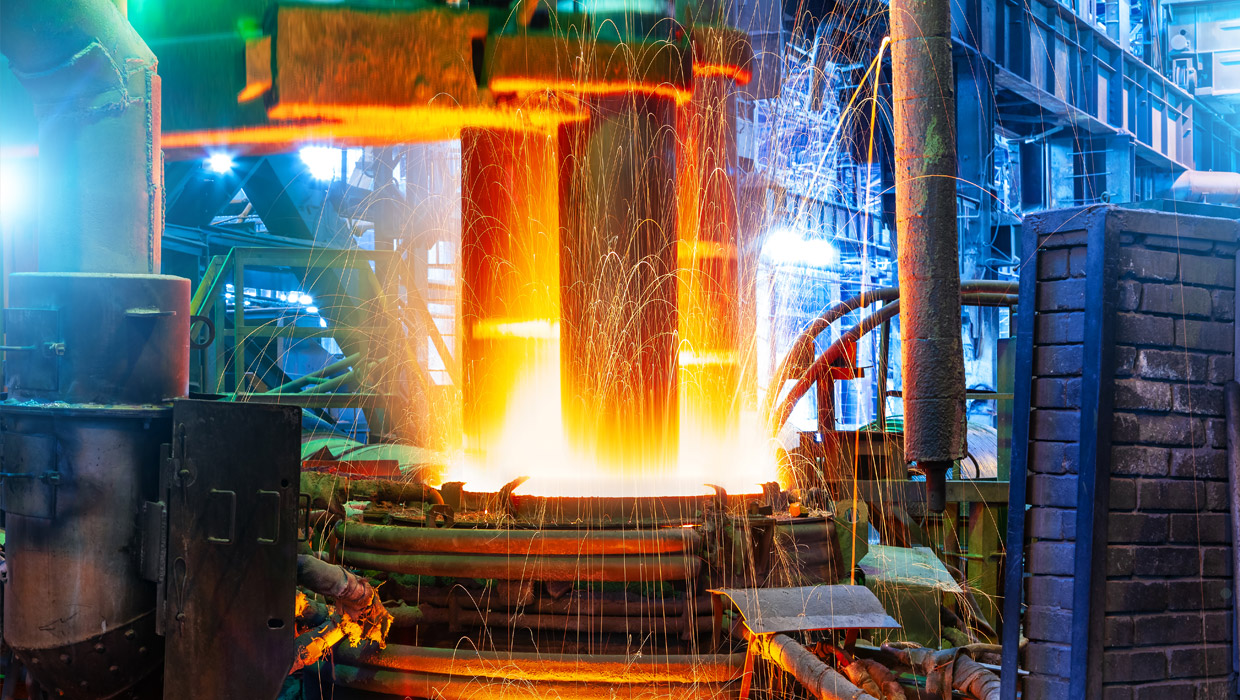
New production methods for growing demand
The rapid success of the stainless steel market in 1920s can be credited to the development of an economic process to produce and process stainless steels. Earlier, stainless steels were produced in oil-fired, tilting pans. The invention of induction melting furnaces later simplified the process.
Early 60s saw the introduction of a melting technique with optional vacuum (VOD) or argon (AOD). The new production technique lowered the cost of production and at the same time extended the range of properties sustainably. The 80s witnessed another quality and commercial milestone for stainless steel making with the introduction of the continuous casting method, the conditions for a near net shape casting. Computer-aided control engineering drove the reproducibility of stainless steel products, thus advancing towards new application areas.
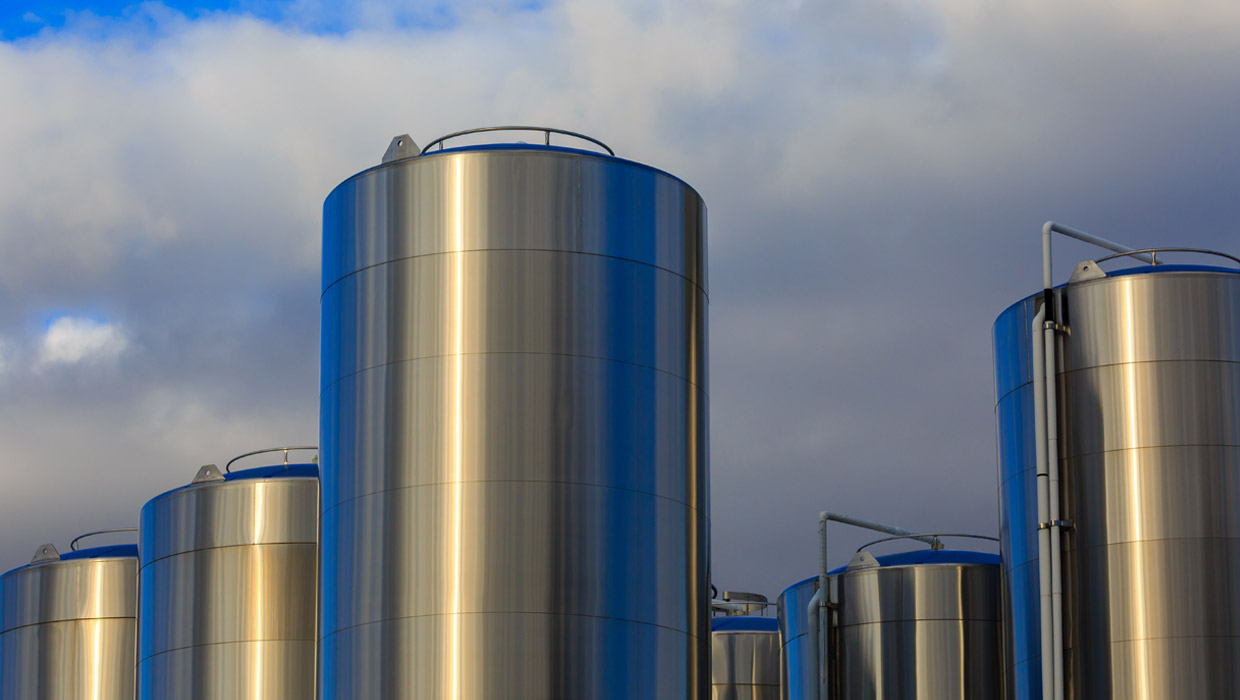
Processing industry as an engine of material development
The study for materials resistant to overheated gases and vapours in the chemical industry was the driving force behind the invention of stainless steel. Increasingly, weldability and formability of stainless steel gained importance.
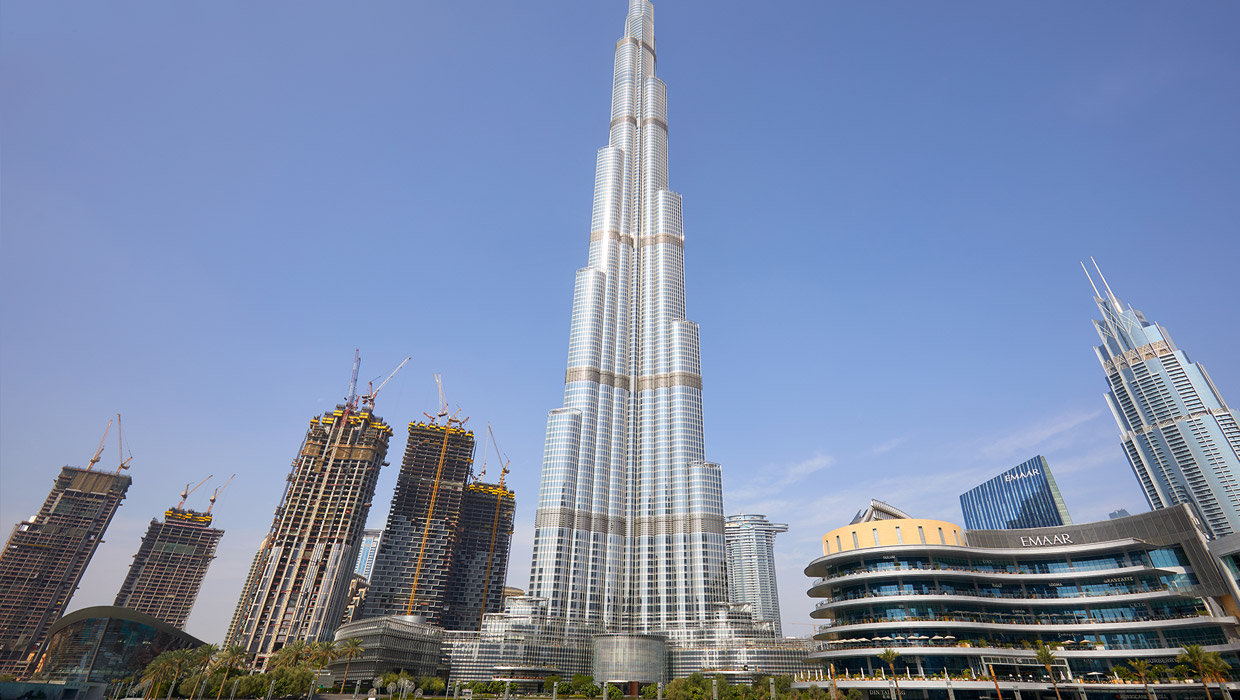
Timeless aesthetics, sustainable technology in construction
Only a few years after its invention, stainless steel inspired architects and planners as a building material. Being weather resistant, strong, and durable, stainless steel makes itself through long life with minimum maintenance costs. It forms an essential part of a wide array of architecture ranging from structurals, corrosion-resistant concrete and masonry reinforcement, protective facades, conventional roof covers, green roofs, lightning protection, ceilings or floors, swimming pools, elevators, escalators, doors or gates, balustrades, car parks, hotels, stadiums, train stations, airports, etc.
In 1929, the Chrysler Building in New York adorned 4,500 large-sized stainless steel shingles. Later, the Petronas Towers in Kuala Lumpur, the Atomium in Brussels, the Burj Khalifa in Dubai or the new landmark of New York, the One World Trade Center, all employed stainless steel showcasing its remarkable aesthetics. The tallest buildings of the past 100 years carried a distinctive stainless steel touch. Today, stainless steel is a synonym for creative expression and sustainability.

Robust all-rounder for automotive and railways
The automotive and railway industries quickly recognized the potential of stainless steel. In 1936, Ford produced 6 prototypes using stainless steel bodies in Detroit. Since the 1950s, exhaust parts are made of stainless steel. In the late 1960s, Porsche's legendary 911 came in a stainless steel variant, which is showcased in the German Museum in Munich. In 1934, Edward G. Budd, Philadelphia, built the famous, only 104-tonne Pioneer Zephyr (previously known as Burlington Zephyr) with diesel locomotive and three carriages. Today, latest high quality automotive and railway components are manufactured entirely in stainless steel.
In systems for fuel injection, particulate filtration or gas treatment of high-performance material has long been indispensable - stainless steel is the best suited metal for the job. The precise and light-weight stainless steel components reduce material costs, vehicle weight, and fuel consumption.
For rail vehicles of the latest generation, the concept of innovative light-weight construction became more relevant than ever. Given its strength at low thickness and crash and fire resistance, stainless steel today has become the leading material for all kinds of sophisticated and economic body structures.

Sterility of medicine, beverage and food industries
The decisive factor for stainless steel applications in medical industry was its resistance to high temperatures and aggressive chemicals, withstanding sterilization and disinfection problems. In 1926, the first body implants were developed in stainless steel. Even today, artificial knee joints of stainless steel meet the current state of research.
The strict hygiene regulations for surgical instruments and surgical equipment apply analogously in the food and beverage industry. Here also, stainless steel ensures a smooth, aseptic, easy to clean, and reliably inert surface. In the dairy and meat industry, stainless steel makes for hygienic engineering and economic production processes. Kitchens, dairies, breweries, wineries and juice manufacturers have been using stainless steel for decades. Its extraordinary chemical and thermal stability - even under extreme temperature fluctuations allows for an extensive use of stainless steel in manufacturing, storage, and transport of acidic products.

Material for new lifestyle
In 1921, the first stainless steel cutlery came into being. Since then, more and more everyday objects in stainless steel followed. In the 1950s, a variety of legendary commodities were designed in stainless steel by the pioneer of industrial design, Wilhelm Wagenfeld. The organic shape of industrially produced stainless steel cutlery, bowls, egg cups, salt and pepper shakers, butter dishes, and vases brought him worldwide recognition.
The year 1956 revolutionized beard trimming with the invention of the first stainless steel razor blades from Wilkinson Sword. Soon, stainless steel assumed a leading role as a material for cookware, fittings, sanitary ware, radiators, appliances and accessories for the kitchen and bathroom. Its timeless aesthetics, durability, and easy-care functionality made it the wonder of modern life.
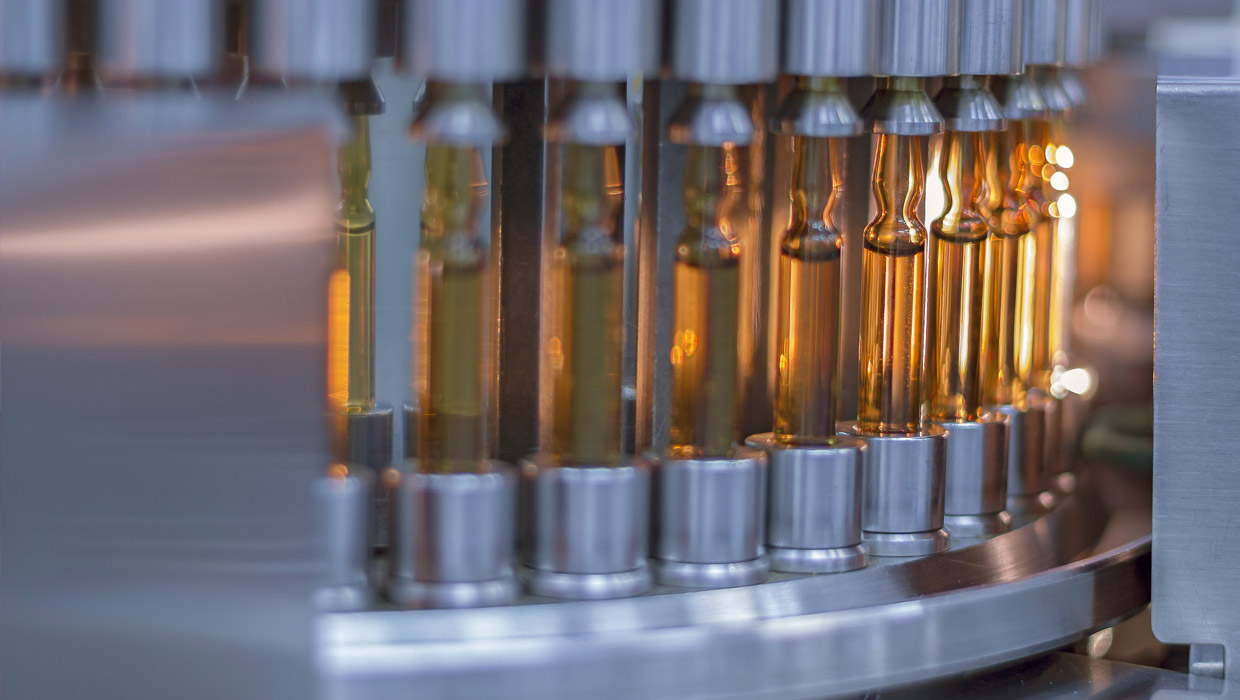
High performance for high-tech industries
In the energy industry, clean room technology, environmental technology, and telecommunications and electronics, the resistance of stainless steel against corrosion and a variety of stress regularly set new standards. Stainless steel is a prime choice for crucial applications in power plants like in heat exchangers or flue gas filters for solar panels or biogas plants. In telecommunications, paper-thin stainless steel foils and precision strips, coated with nickel and gold in the nanometer range, are constantly used.